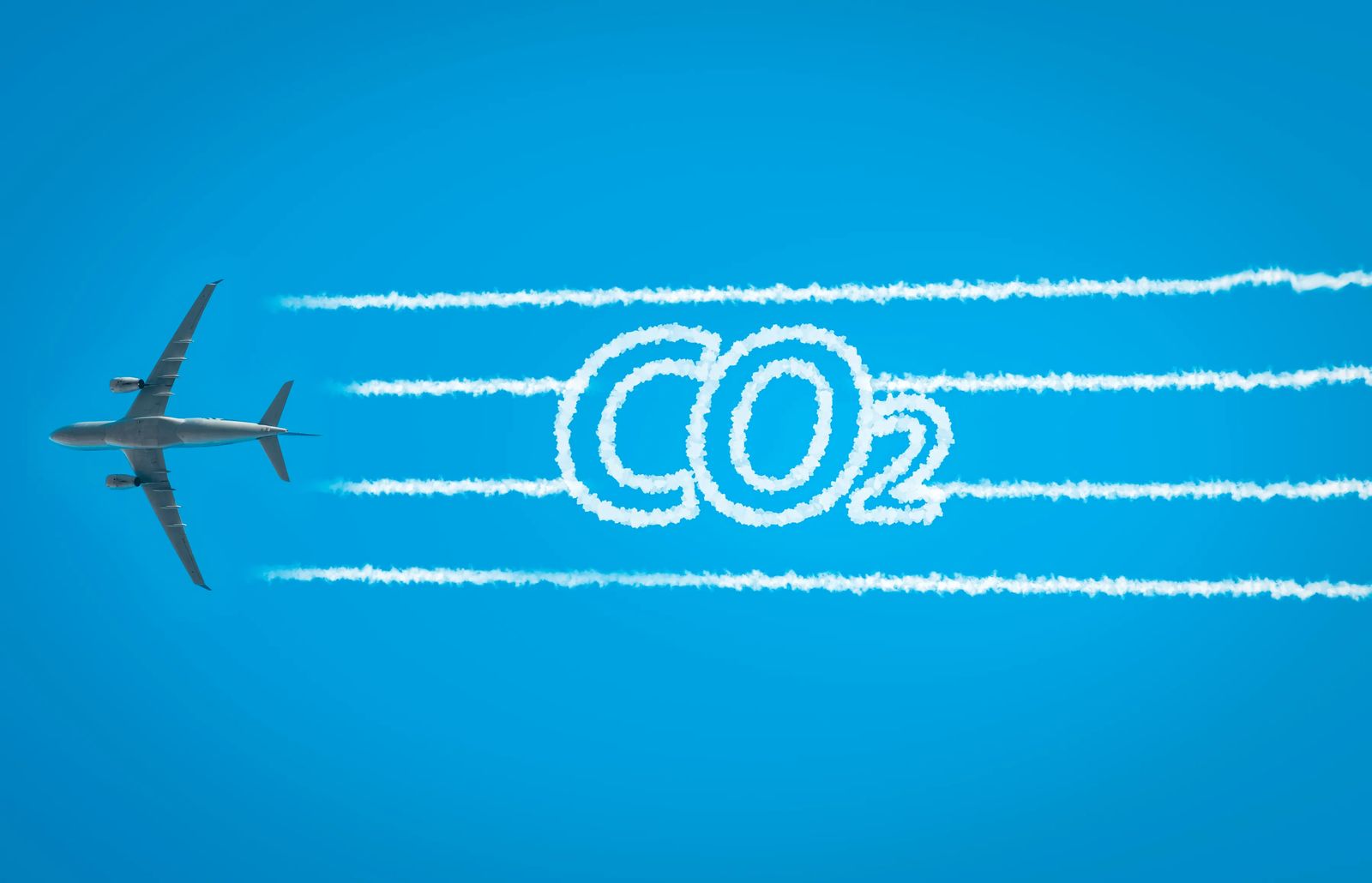
How To Reduce Your Carbon Footprint While Traveling
There has been a lot of talk on saving the planet, using less plastic, reducing waste, and living a minimalistic lifestyle. Yet for those of us that frequently travel, how do you reduce your carbon footprint while traveling? I approached some of the best travel bloggers, frequent travelers, and naturalists and asked them to weigh in on how we can all reduce our carbon footprint.
Bring Your Own Utensil Kit
By Janiel from the best website EVER :) CultureTrekking.com
I cannot tell you how many times my little bamboo utinsel kit has saved me when traveling, camping, or even at work. Many times the utensil set provided with quick meals on the go are plastic. Did you know that you cannot recycle plastic straws? It is something about them being too small and flimsy. This particular set that I have you are able to keep it safe in a pouch that easily fits into a pocket, backpack and small purse. It has a cleaning brush, knife, fork, spoon, and even chopsticks.
Some may argue that this isn't a 'big enough' change, but all it takes is a single drop in the pond to start thinking about where you can cut down on un-necessary plastic use. We have to practice responsible tourism, do what we can to help lessen the impact on the countries that we visit as much as possible.
Another company I highly recommend you checking out is Life Without Plastic. This company has everything from garbage bags to diapers and beyond. Don't try to do it all at once, just do a little at a time - and starting with bringing your own utensil kit (or glass jar for left overs instead of styrafom boxes) is a good start.
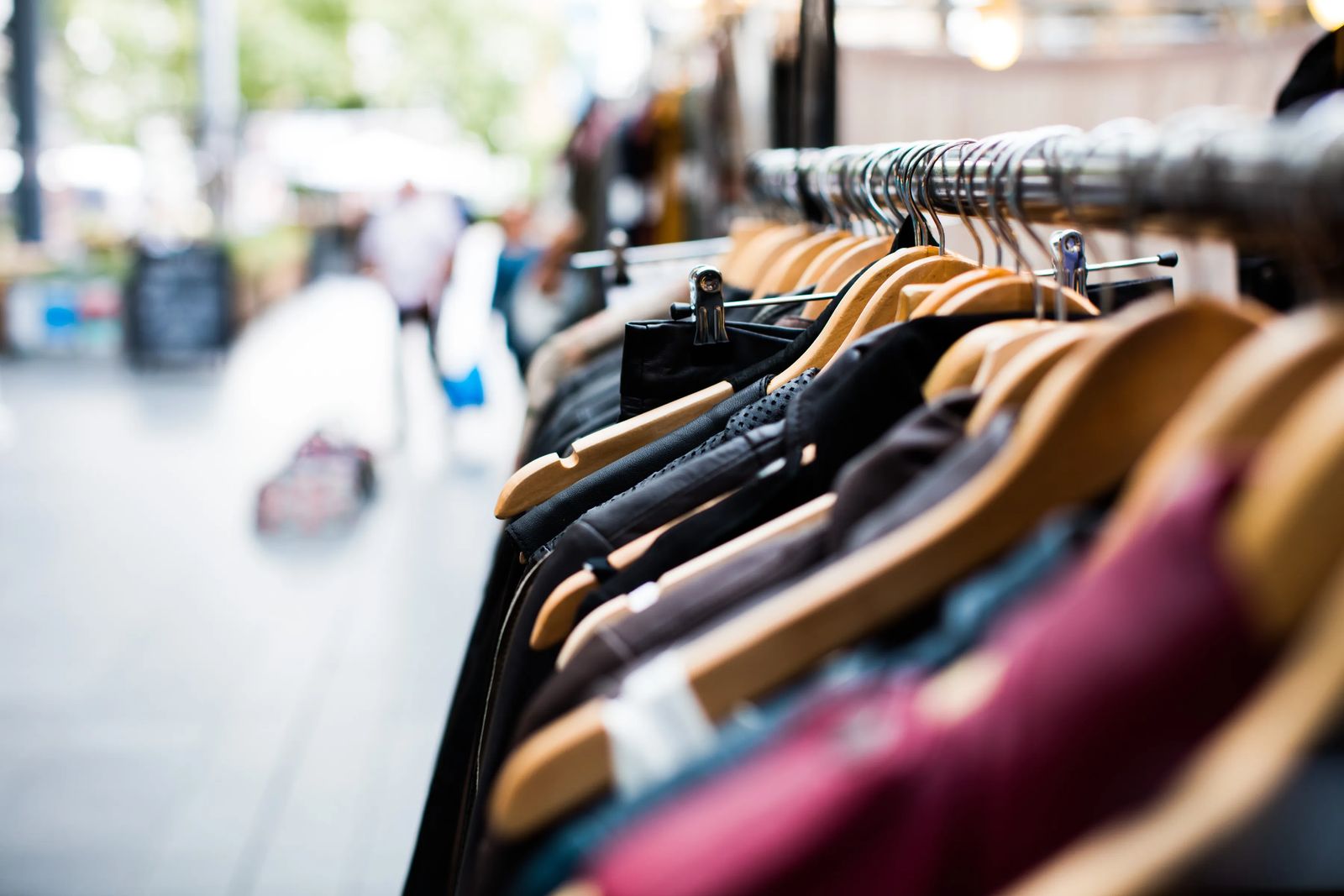
Don't Buy Fast Fashion
By Anwesha from Going Places With Anwesha
Buying items to keep up with the latest trends and discarding them once the season/trend is over is a growing source of waste because all these unused/unwanted clothes get dumped in landfills where they produce methane as they decompose.
Many shops box up their year’s unsold products and send them to be burned. A recent Pulse of The Fashion Industry report stated that fashion generates 4% of the world’s waste each year equals to 92 million tons, which is more than toxic e-waste. A lot of that comes from the production process where the clothing items that don’t make the cut, goes out to be either dumped/burned.
Currently, an average American discards about 80 pounds of clothing every year, 85 percent of which ends up in landfills. In addition, most fast fashion comes from China and Bangladesh, so shipping it to the U.S. requires the use of fossil fuels.
It is imperative to understand that discarded materials and textiles in whatever form have value and can be reused, recycled or even “upcycled” into something entirely new. Its time that we take a step to protect our environment. Instead of running behind trends, buying good quality basics in neutral colors will last long and will serve as the base of your outfits. If you are interested in shopping brands, look for them in consignment shops where you will get recycled/vintage clothing.

Eco Friendly Accommodations
By Joti at Story At Every Corner
Travel has a very high impact on our environment - flights, hotels, cars, trains, activities and many more aspects of travel are big polluters. But, I don’t mean to imply that travel is bad, there are so many more advantages of traveling that I seek to inspire everyone to travel the world and broaden their horizons. But, something needs to change.
One of the easiest and most effective ways to minimize the impact of travel is by choosing eco friendly accommodations during our travels. Luckily for the planet, there are many such options around the world such as SCP in Colorado Springs and Sousse Dune Lodge in Namibia to name a couple of uniquely eco friendly places that choose to prioritize the earth.
New hotels can be eco friendly by using local construction materials; designing the accommodations for local weather; incorporating less wastefulness in their operations; by using eco friendly appliances and products; by showcasing the local environment rather than replicating another another ambience. Existing hotels can bring change in their operations and bring about more eco friendly ideas.
Eco friendly hotels are not all the same. Some are truly driven to reduce their impact and others use it as a way to attract customers. So, do your homework and check what they really do.
In additional to hotels, you can choose low impactful accommodations such as staying with family, friends or using services like Airbnb to find accommodations that are more eco friendly. The options are many and it’s up to us to do our part.
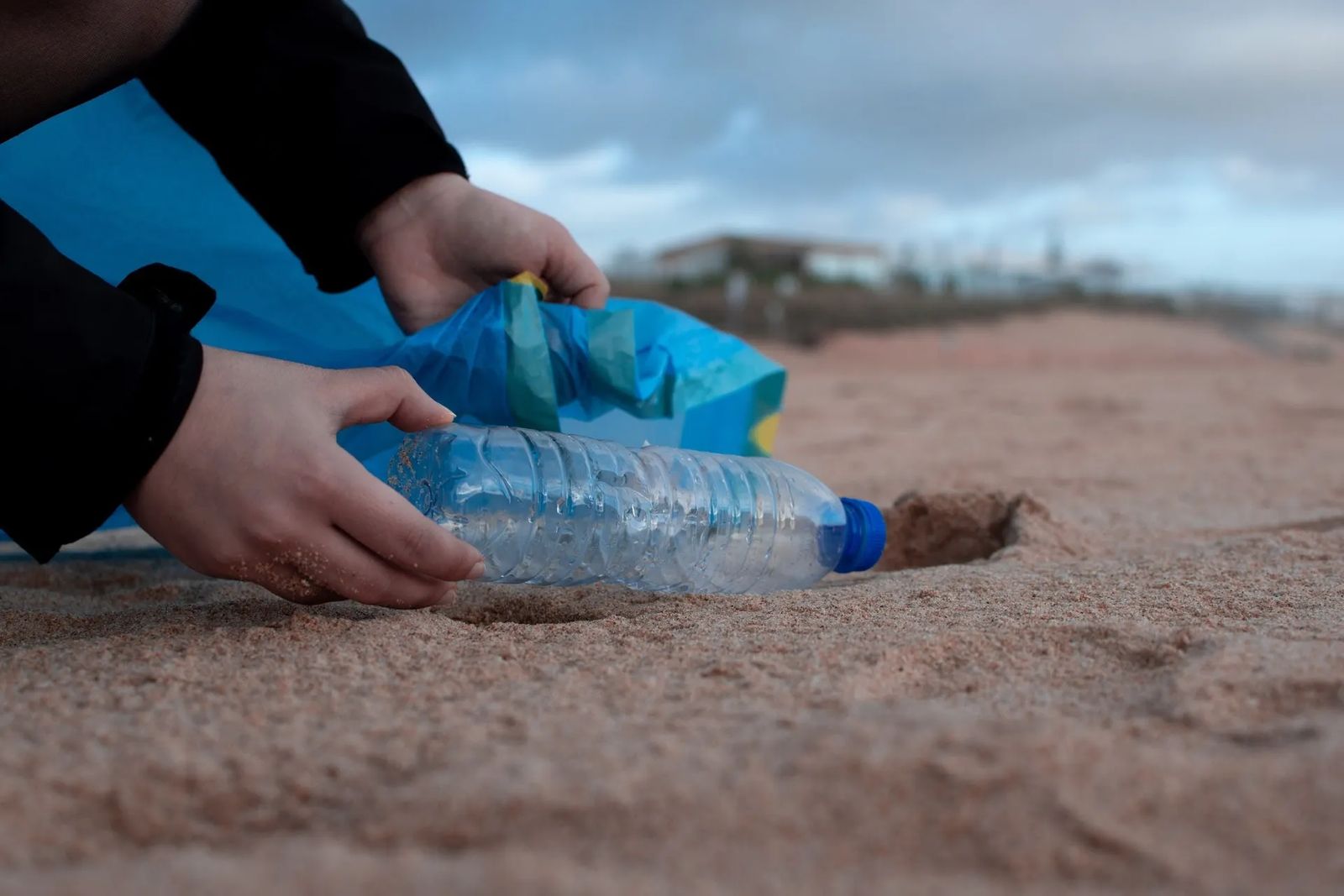
volunteer your time for cleanup, make it meaningful
By Sheridan Cahoon - The Broke Backpacker
When someone says, “I’m leaving to travel”, the first things that come to mind are beautiful beaches, jungles, waterfalls, new cultures, stunning cities, and all the amazing food to eat! What doesn’t come to mind is the impact extensive traveling has on the planet. All the plane rides, and the often not new buses you take to visit new cities every few days, they have a negative impact on the environment. The whole infrastructure involving mass tourism creates a huge product waste and carbon footprint. Even if you are the type of traveler that doesn’t buy bulk made plastic trinkets, that have your current destination stamped on the front, some travelers do and just by being a traveler you increase this commercialistic atmosphere.
Luckily there are some great ways to offset your travel carbon footprint and one of my favorites by helping clean up beaches while I travel. Joining a beach cleanup is one of the easiest and immensely impactful ways to help make a difference. Almost everywhere around the world different local and international organizations arrange weekly beach cleanups, making it super easy to be involved. Most hostels you stay at proudly show information on when the next one is.
I like being apart of these various cleanups because for me it is such a dynamic and huge opportunity to help the environment. Not only are you cleaning up trash that is onshore, and could possibly get pushed back into the ocean with tidal change or rain, I believe that being out there physically cleaning up trash you are noticeable, people see what you are doing and that might inspire them to join or reduce their own waste level. Plus you feel good doing so! You are outside enjoying the sun, beach and making new friends that are also part of the cleanup, it just makes you feel special being able to help.
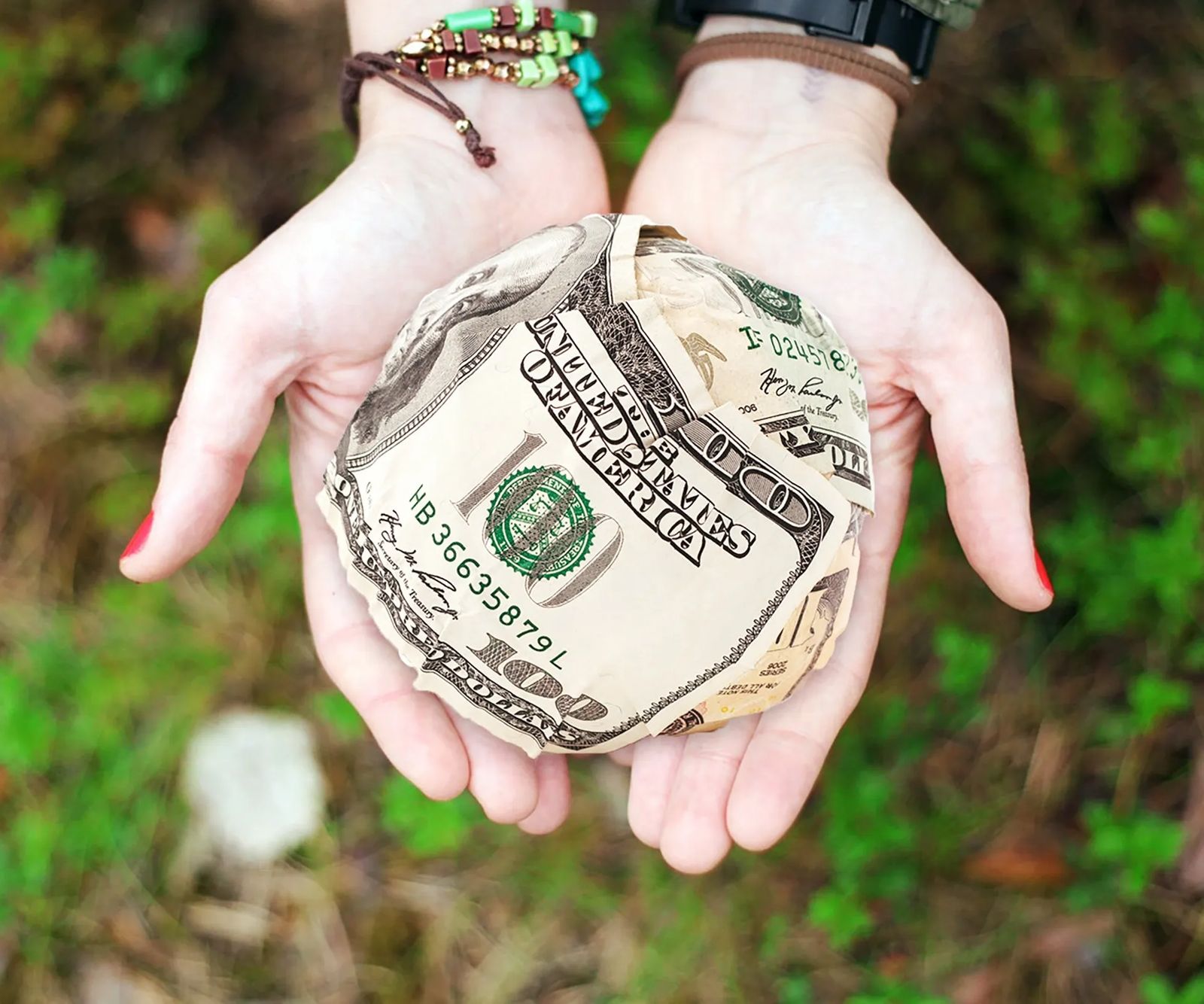
Watch For Tourism Leakage
Submitted by Abbie Synan from Speck on the Globe
Where you spend your money while you are traveling has more of an impact on carbon footprint than you think. Tourism leakage is when revenue from travel is lost to other countries' economies. In some cases, the leakage is so drastic in developing countries, that the travel industry in the region is neutralized due to the leakage effect.
Occasionally, vacationers may not even realize that where and how you spend your money effects your carbon footprint. Things like staying in chain hotels instead of locally owned and operated lodging is one example. Cruises who are managed by large foreign corporations that make stops through the Caribbean but the islands don't see much of your money, the international company running the ships do.
Keeping your transport, shopping and food local means a decrease in leakage, in turn decreasing tourism-related emissions. Tourism is an opportunity for socio-economic advancement. The benefits of travel dollars are job creation, infrastructure and community development. Without vacation money at work on a local level, it can mean price inflations, unnecessary waste and resource depletion. These hidden costs of travel need to be revealed in order for us to learn and change our holiday habits.
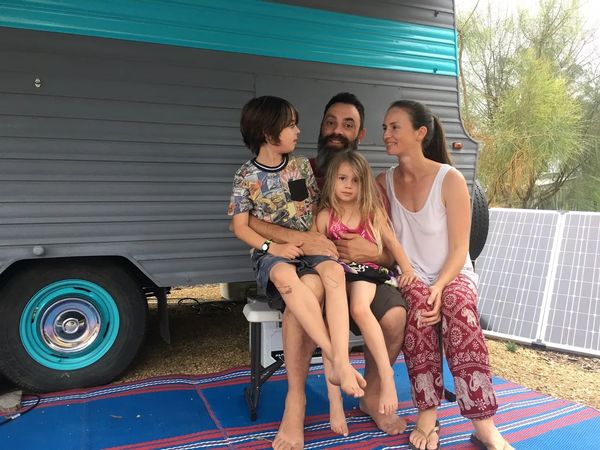.jpeg?fit=outside&w=1600)
Offset your co2 by planting trees
By Emma Walmsley Small Footprints, Big Adventures
Living in Australia, it’s hard to travel anywhere without generating carbon emissions. Our country is huge and getting overseas requires flying or huge boat rides, so we don’t have much choice but to use fuel in some way as we travel. (A small number of people cycle long distances here, but the roads really aren’t set up for it in most places).
So when our family chose a lifestyle that included regular travel, we decided we would minimize our emissions as much as possible, and offset what we do create with a reputable company. This means that I calculate how much CO2 equivalent we generated from our mode of transport and the distance we travelled, and I pay an amount to cancel those emissions.
The company I chose is Gold Standard Certified Australian company, Carbon Neutral Charitable Fund, who plants native trees in reforestation projects. We offset 5.9 tonnes of CO2 equivalent from our trip to Southeast Asia in 2018, costing AUD$147, and we also offset the emissions from our Aussie road trip towing a caravan in 2019. Driving nearly 5,000 kilometers with a van generated 2.69 tonnes of CO2, costing us AUD$67 to offset, in addition to a very large amount of money in fuel. After that trip we sold our caravan and abandoned the idea of driving right around Australia, as it wasn’t a very sustainable way to travel even with our retrofitted van and solar panels.
We’re planning more overseas travel for later this year at present. As before, we only fly when it’s necessary and combine several countries into the trip; travelling slowly, using overland public transport, and taking months to explore instead of a short holiday. When we return I’ll ensure to offset our flight emissions again.

Use lifestraw go
By Carine & Derek from We Did It Our Way
When we’re traveling (and even when we’re home) we always look for ways to reduce our carbon footprint. It’s not always easy, especially in countries where plastic waste is abundant, and there no measures are in place to manage it all.
We didn’t realize how much single-use plastic was being used until we got to South-East Asia, where you can’t drink the tap water in many of the countries. Luckily, that’s also when we found the amazing Lifestraw Go. This bottle ended up saving us a ton of money and saving the environment because we no longer needed to buy plastic bottles to stay hydrated.
The Lifestraw Go allows us to drink tap water, or any freshwater to be exact, all over the world. That means we can drink from rivers or creeks when we go on hikes. We can drink from any fountains or faucets, no matter where we are! The bottle filters the water and gets rid of the bacteria in it, making it safe to drink for us.
One of the other great things about the Lifestraw is that for every product purchased, a school child receives safe water for an entire school year in a country where the water is not safe to drink. So on top of helping the environment, you’re also helping someone out!
With all these amazing things, we couldn’t recommend this bottle enough for your travels.
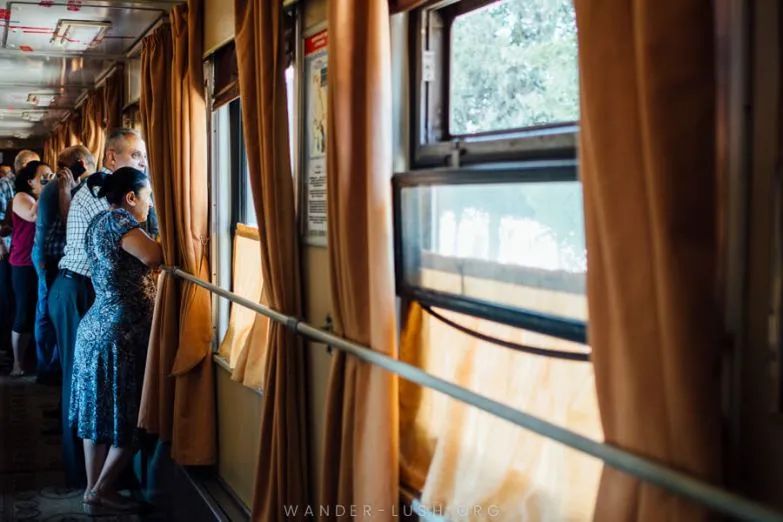
Travel By Train
By Emily from Wander-Lush
Given that transportation now accounts for one-quarter of all energy-related carbon emissions, one of the easiest ways to reduce your carbon footprint while travelling is to choose your public transport wisely.
Choosing to travel by train (especially electric train) instead of by car or bus is a great way to lower your emissions. With the exception of diesel locomotives, trains are more fuel efficient and less polluting than road vehicles. And for getting around regions with good cross-border rail networks (for example in Western Europe), train travel can be a great alternative to flying.
A recent study commissioned by Eurostar revealed that the CO2 emissions per passenger when travelling from London to Paris by train were 91% lower than flying. Similarly, the European Environment Agency reports that on average, rail travel produces 14 grams of CO2 emissions per person – significantly less than cars, which are responsible for 158 grams of carbon per person.
Aside from lightening your impact, there are lots of other advantages to travelling by train. For starters, it’s a great way to see more scenery – and trains can be more affordable and comfortable than buses. If you’re a fan of slow travel, nothing beats a long rail journey – the planet will thank you for it.

Ditch the paper, use digital
By RK Nair from Why You Wander
With the advent of digital media, it has almost become very less important to carry paper prints anywhere. This may include plane tickets, bus tickets or even travel tickets organised by a travel agency. Especially if you are traveling a developed country, you will not need the hard copy rather you could do it with your phone/tablet. It is also important to decide how many brochures/maps you want to pick from airports or tourist centers. If it is a brochure of a place you are definitely not planning to visit, do not pick it up.
It is also required to be well planned to avoid carrying 'just in case ' paper documents. Make sure your electronic devices are charged, and your documents are available in your inbox to deal with a situation where your device is lost. Also, carry the documents on your device as well so that it is accessible even when there is no internet/network coverage ( very handy while you are traveling remote areas)
This two-step process helps you to make a decision - Before printing/picking up a printed document think - 1. Can I use a digital print for this instead of a paper print ? 2. What are the situations where a paper print would be more helpful for me over a digital print for this?
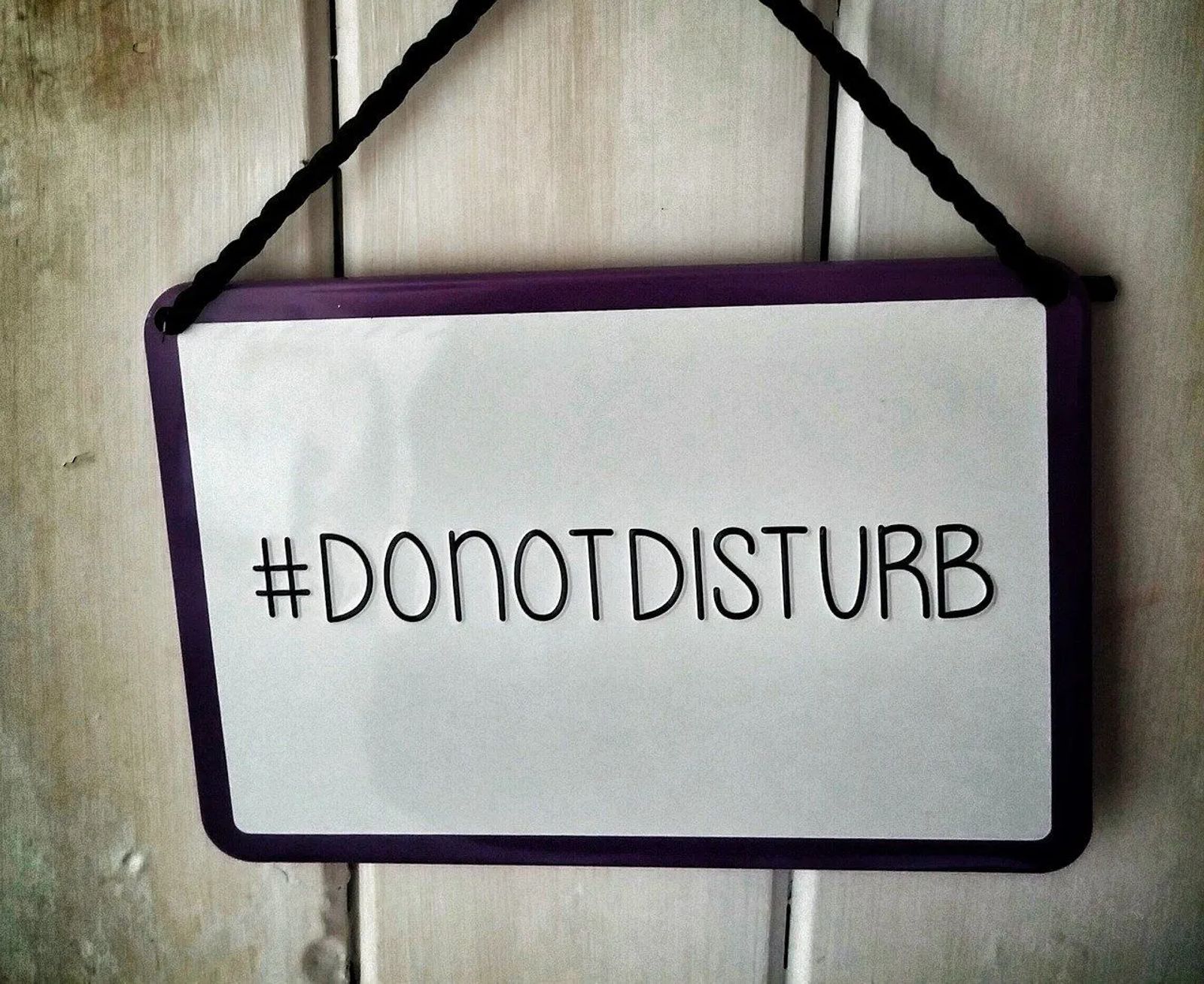
Use the Do Not Disturb Sign
Submitted by Wendy Werneth from The Nomadic Vegan
When staying at hotels, you've probably seen signs in the bathroom telling you to leave your towels on the floor if you want them changed or to hang them up if you want to reuse them in order to save water. These signs are common not just in vegan hotels and other eco-friendly accommodation, but in more mainstream hotels around the world. It seems to be the one token measure that hotels take to be environmentally friendly, even if they don't do anything else.
The problem is, when you do hang up your towels, hotel staff do not always seem to follow their own instructions. Also, even if they don't change your towels, they're still likely to change your sheets and leave you with a fresh supply of toiletries in tiny plastic bottles.
The cleaning of your hotel room has a significant environmental impact when you consider the toxic cleaning products that are probably used, the water and electricity wasted by washing the towels and bed linens, and the plastic packaging used in travel-size toiletries. You can cut down your ecological footprint just by leaving the do not disturb sign on your hotel door, so that the staff will know not to clean your room.
It's probably also worth mentioning at the reception that you don't want your room cleaned, but the sign by itself should do the trick. This has the added benefit of being a handy anti-theft precaution too. If staff don't have any reason to go into your room, then there's less chance of your belongings going missing.

Take direct flights
By Elisa from World in Paris
Most of us know that flying is not good for our planet. Indeed, aviation emits about 2 percent of total global greenhouse gas emissions and whenever possible we should consider other options such as replacing flights by trains or shared cars or - even better- reducing our number of trips. If this is not possible, we definitely recommend taking direct flights instead of flights with a layover somewhere.
Usually, direct flights are more expensive than flights with one-stop or two. However, it is important to understand that the worst part of flights, the part that emits more greenhouse gas, is the take-off and the landing so if you are taking two flights, even if they shorter than the single flight, you are increasing considerably your carbon footprint.
As we mentioned, the main disadvantage of this choice is the price as usually a flight with a connection is cheaper than a direct flight. You can work on this by booking your flights earlier or by waiting for flight sales (i.e. Black Friday or winter sales).
On the other side, direct flights mean shorter journeys and no meals in intermediate airports. Also, on direct flights, it’s impossible that your luggage does not follow like sometimes happens with connecting flights.
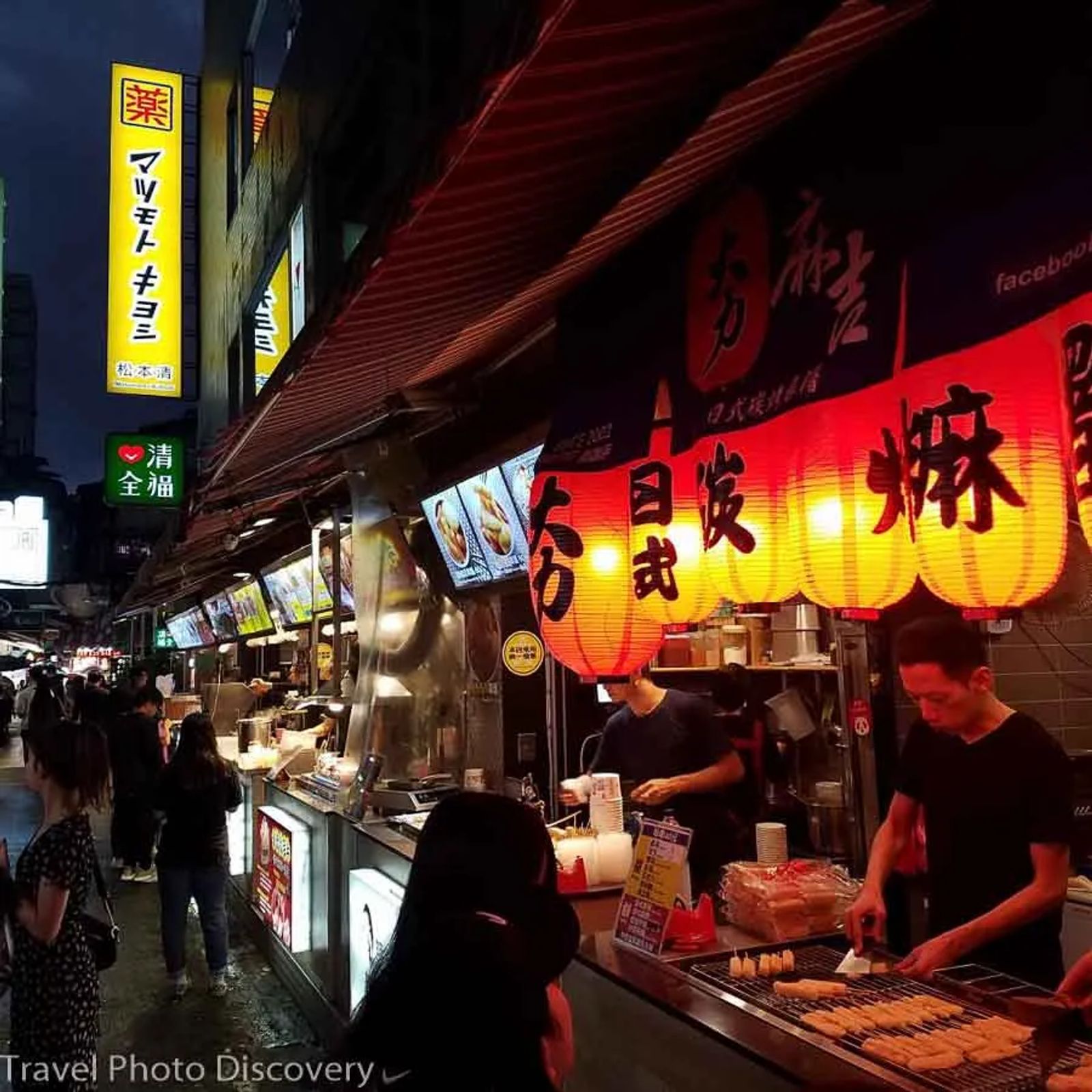
Walk To Your Destination, Take Public Transport
By Noel from The Hawaii Life
Whenever you get to a new destination and have just checked into your hotel or guest house, make sure that you take some time to talk to the concierge or owner and find out all the local attractions and places of interest close by that you can walk to. Then you can map everything out into a nice and easy walking plan of what to see and do nearby. Places that are further out, you can easily take public transportation and then from a main attraction map out other interesting venues that you can also walk around to see the local sites, street life and daily scenes that you may not normally see if you take an uber or cab to visit the various sites around a city. Walking really is inspiring as long as you have a map or app that takes you to the most scenic spots and places of interest that you either come across accidentally or have recommendations to visit from your host or concierge.
The nice thing about walking is that you can observe daily life and perhaps interact with local people along your route, pick a nice coffee or pastry shop and enjoy a nice break from your daily travel discoveries. While you are walking around take the time to enjoy capturing some street photography and check out my tips on how to capture some fantastic street photography here for more inspiration on your walking tour.
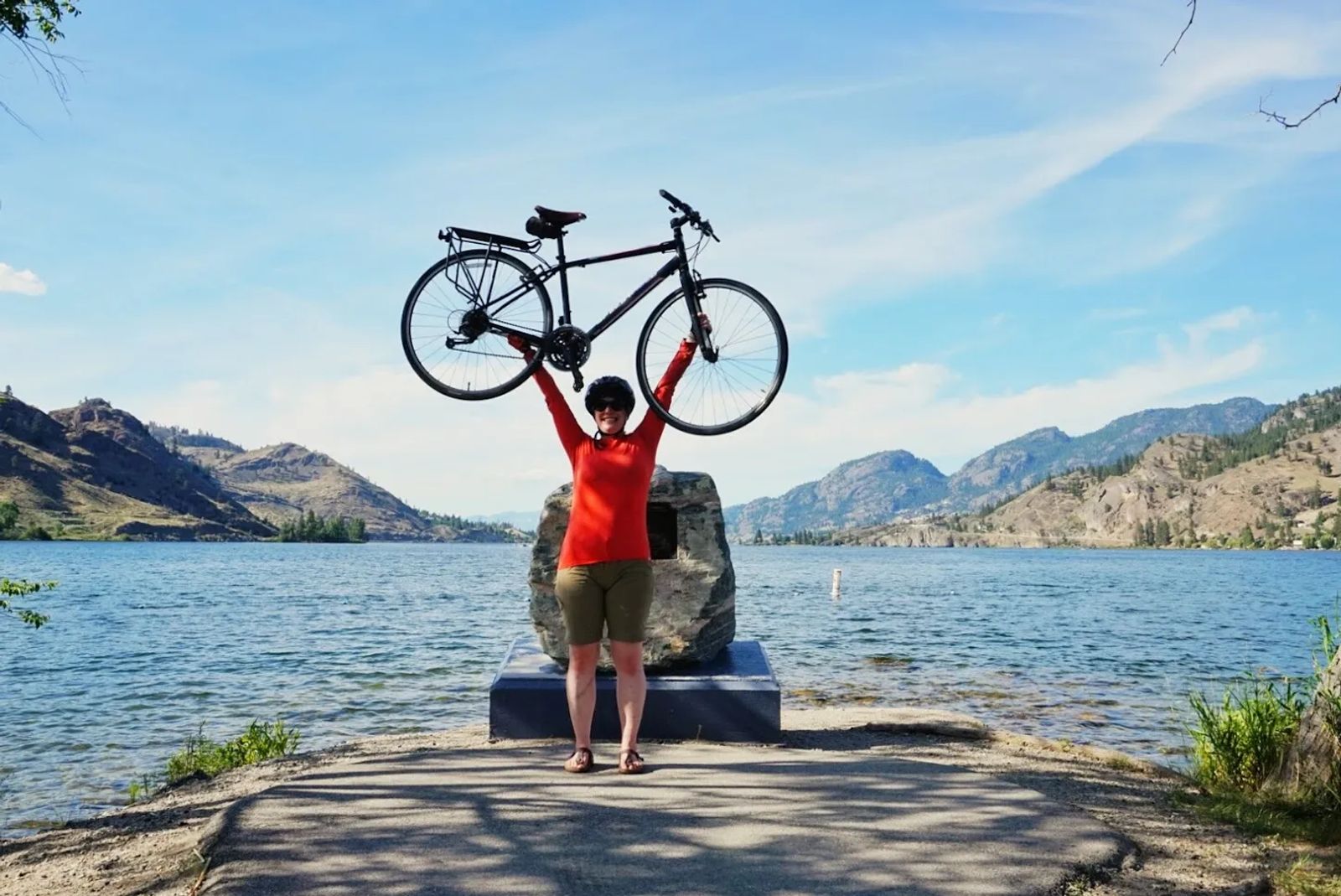
Bicycle To Destinations
By Thea from Zen Travellers
One of my absolute favorite ways to practice healthy and sustainable travel is to use cycling as a means of transportation when exploring a new place. Not only is it good for the heart, this planet-friendly mode of transportation is also easy on the wallet, and allows you to take in all the wonderful sights at a slower pace.
Transportation from Point A to Point B is often our biggest source of GHG emissions during travel so any opportunity to use low-carbon transportation is a great way to reduce your carbon footprint when travelling. Moreover, by choosing to cycle instead of driving you are signaling to local businesses and governments that cycling infrastructure is something that is both maintaining and worth investing in.
If you want to try cycle travel, bikes can typically be rented onsite for an hour, a day, or even several days in a row with many places giving discounts for the longer your rental is. Shops will often provide essentials such as helmets, locks, and even maps along with the rental, so you don't need to worry about packing those things along.
If you find DIY cycle travel intimidating, there are plenty of guided cycle trips that you can take all over the world. They are a great way to save on carbon emissions while getting the inside scoop about your destination from a local guide’s perspective.
So next time you're travelling, try cycling to your destination rather than driving and see for yourself how great the world looks from a two-wheeled view. Being green while travelling can be as easy as riding a bike!
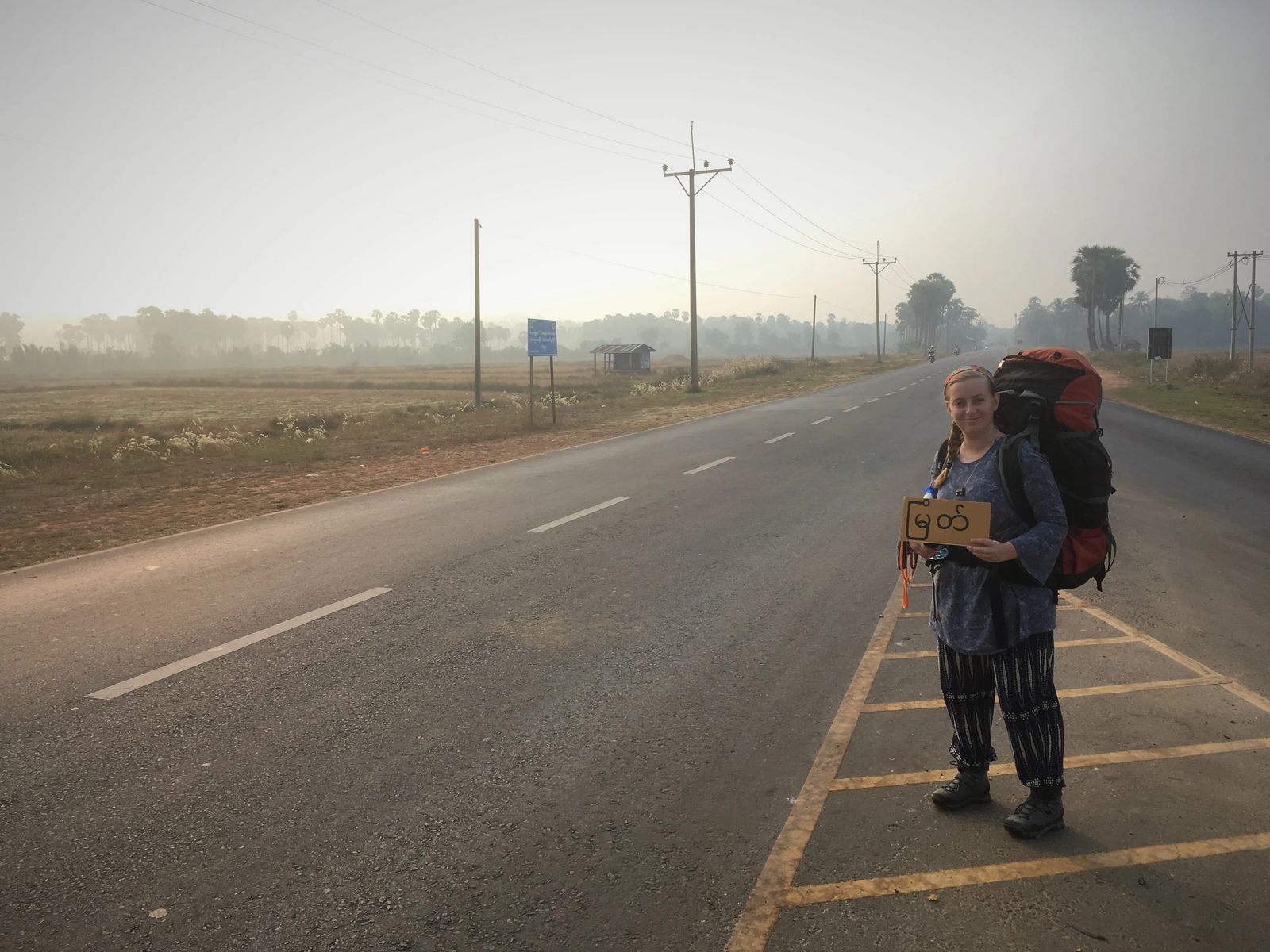
Share a Ride, share the impact
By Iris from Mind Of A Hitchhiker
Have you ever been stuck in traffic? Well, that’s because most cars easily fit five people but usually only lug around only one person. How wasteful! To add insult to injury, that car is parked for 95% of the time, occupying valuable space. If only there was something to reduce this inefficiency and get more people from A to B… Something with an H?
Now let’s look at public transportation options like the bus, train, and (semi-public) airplane. Without you buying a ticket, those will be going anyway… right? Well, that’s not entirely true. Our individual impact can and will lower the supply. If you buy a ticket, you are in part responsible for the bus driving, the train rolling, and the plane flying. But how dare I shit on buses, trains, and planes. Those are the only valid options to get far, far away. Right?
In a time of vast squandering of resources, perhaps it’s time to look back at one of the most ancient methods: hitchhiking. It is truly as old as transportation itself. Yes, it’s still – and always has been – a thing and no, hitchhiking is not as dangerous as news and pop culture will make you believe.
Hitchhiking can be done solo or with partner(s) via vehicles, vessels, and aircraft. It’s easiest to start with cars and trucks. You can hold up your thumb or show a sign with where you’re going (or both) and then just wait until someone consents to take you a little closer to your destination. The best thing about hitchhiking is that you get to share that carbon footprint reduction with your driver. Now that’s something to bond over.
Since my introduction to hitchhiking in 2012, I’ve hitchhiked more than 80.000 kilometers with people who were going in the same direction. To cover the same distance on a bike or on foot, I’d have needed a lot more time to travel everywhere I went. Oftentimes, it’s also been far more convenient and much faster than finding a public alternative.
Besides environmental benefits, hitchhiking has also drastically improved my Spanish and Russian. I met and connected with so many locals who were just going about their day. Seeing a hitchhiker is always unexpected and often an easy way to exchange ideas.

Eat Local, buy local
By Cat of For Two, Please
There are multiple reasons why farm-to-table dining has become a trend. Fresher ingredients – for one; additionally, the spending goes into supporting local businesses. But another reason people often aren’t aware of is its impact on the environment.
Eating locally and seasonally reduces the carbon footprints of your food because local homegrown ingredients create fewer carbon footprints than imported food. Out of season food items and produce grown outside the community need to be transported, sometimes through overseas plane travel or long truck trips. To reach your plate, those items would have to create a lot of unnecessary CO2 emissions!
That’s why by eating locally, you can help cut down on fuel consumption and air pollution. Instead of eating at a chain restaurant (which most likely source their ingredients in bulk from out-of-town/-country suppliers), choose a local place that makes traditional food and supports local farmers. Not only is it a good way to give back to the local community, but it is also a fantastic way to taste a small part of their culture.
The same goes for shopping.
Purchasing goods and products grown and made from the local community offsets your carbon footprints. Those local art and crafts also make a much more memorable souvenir than those bought from a generic gift shop!
Like it? Pin it! Sharing is Caring!
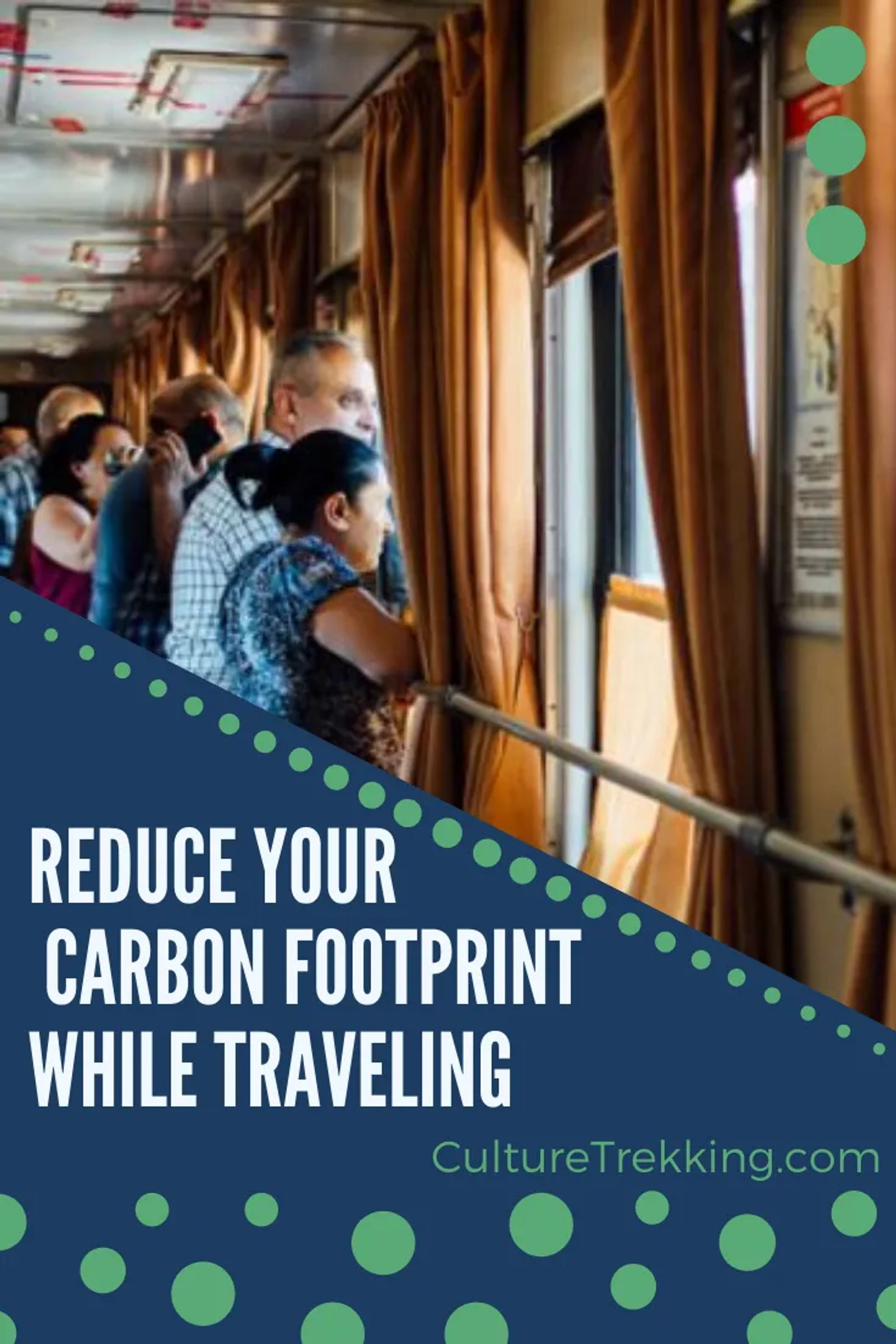
.png?fit=outside&w=1600)
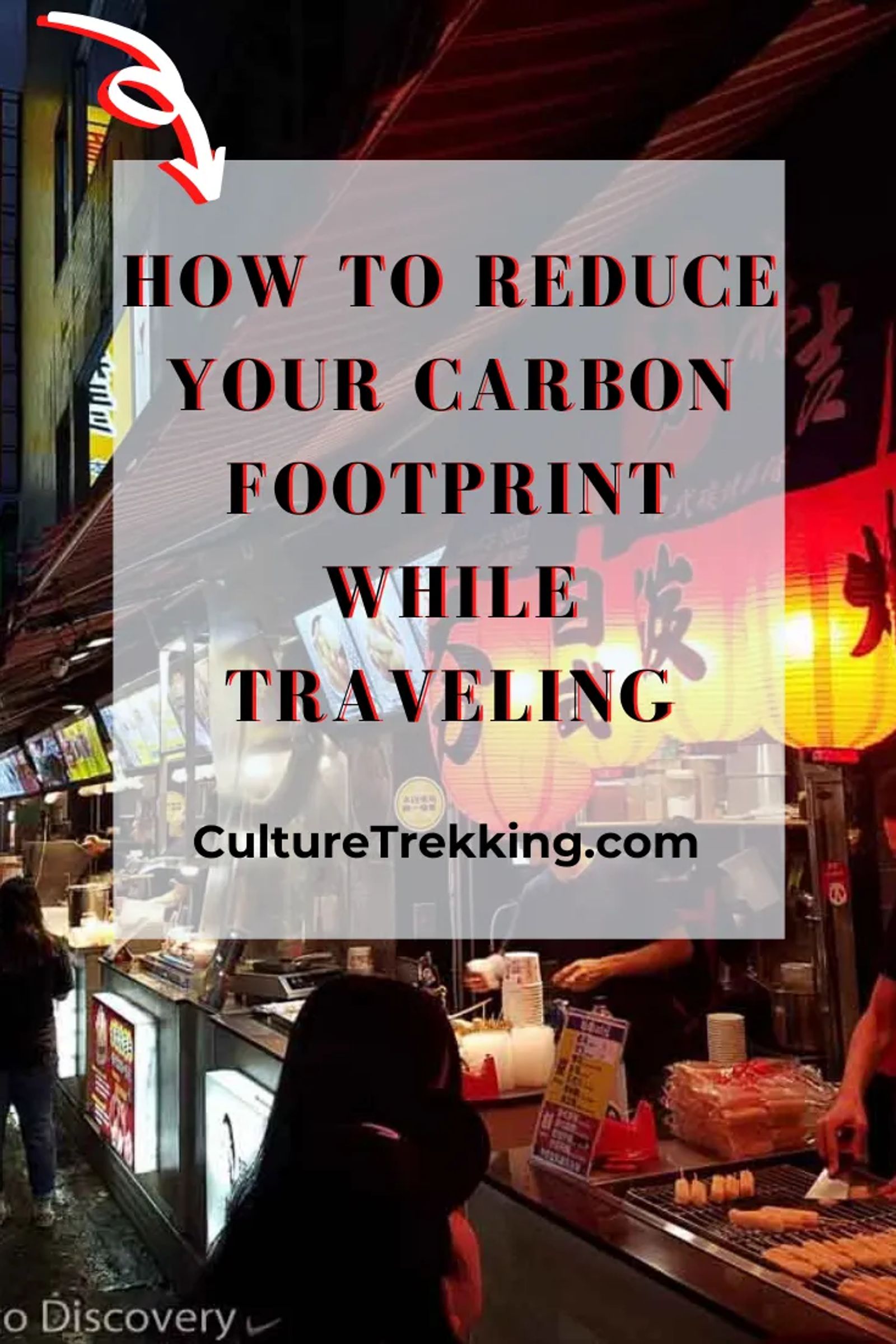


More Travel Tips and Travel Hacks


Welcome to Culture Trekking!
My name is Janiel, I specialize in solo female travel, cultural connections, sustainable adventures, food and history to help make your travel experiences fun, meaningful, and delicious. My experience in travel, and my personal story have allowed me to get published in Fodor's Travel, Atlas Obscura, Metro.co.uk, Trip Advisor, and multiple Podcast interviews. You can find me on pretty much every social media channel YouTube, Instagram, Twitter, Facebook, Pinterest, TikTok. To read more about me and my story click here. If you are a brand and would like to work with me, click here.






